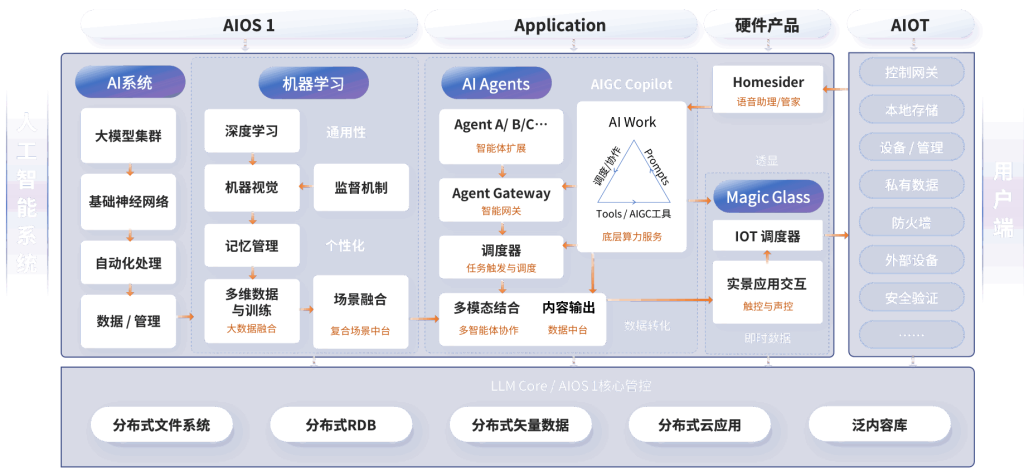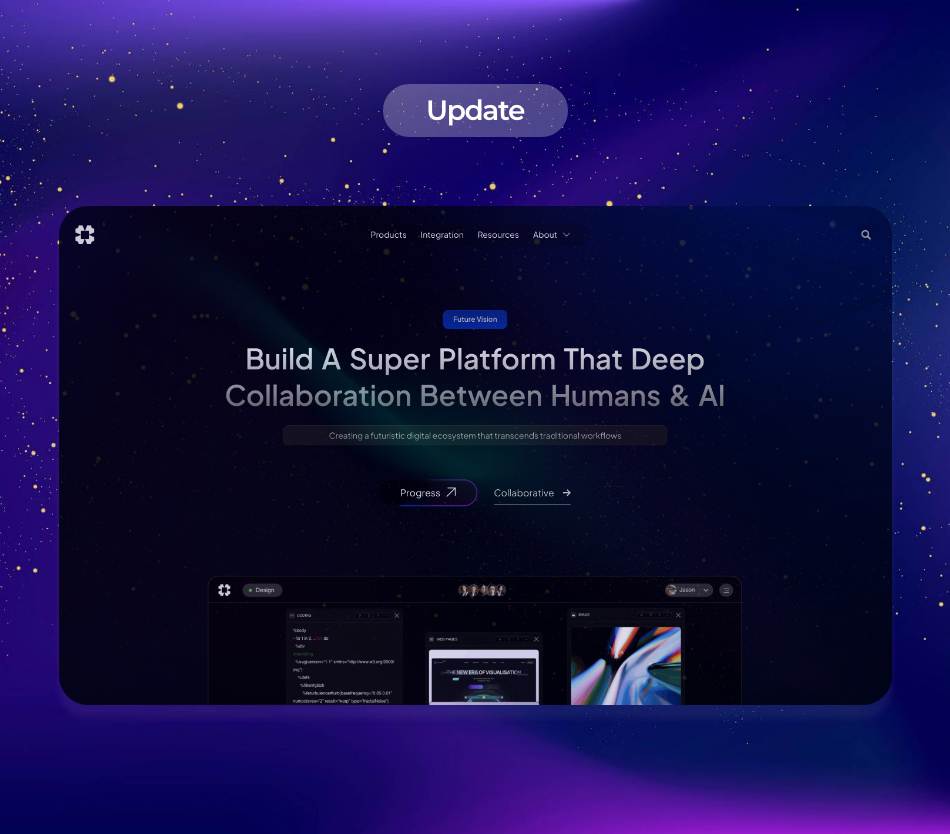In recent years, the field of conversational artificial intelligence (AI) has seen a remarkable evolution, marked by the introduction of powerful models like ChatGPT, LLaMA by Meta, and developments from AI21 Labs. This article delves into the current trends, applications, and technical insights surrounding these AI models while offering an in-depth analysis of their potential impact on various industries.
.
**The Rise of Conversational AI**
Conversational AI refers to technologies that allow machines to engage in human-like dialogues using natural language processing (NLP) and machine learning. Over the last decade, advancements in AI and cloud computing have propelled the development of sophisticated language models that can understand and generate human language with increasing accuracy and relevance.
.
Leading the charge in the conversational AI space is OpenAI’s ChatGPT, which has garnered significant attention for its ability to generate coherent and contextually accurate text based on user prompts. ChatGPT’s architecture is built on the Generative Pre-trained Transformer (GPT) framework, which leverages vast amounts of textual data to learn patterns and infer context from user inputs. This flexibility allows ChatGPT to be deployed across various applications, from customer support to content creation.
.
In response, Meta introduced LLaMA (Large Language Model Meta AI), a project aimed at creating high-performance language models suitable for research and practical application. LLaMA focuses on increasing efficiency, allowing researchers and developers to explore new AI frontiers without necessitating the vast computational resources traditionally associated with training such models.
.
Equally influential in the domain is AI21 Labs, with its proprietary language model known as Jurassic. Following in the footsteps of OpenAI and Meta, AI21 Labs emphasizes responsible AI deployment. Their model excels in generating human-like text and has captured attention for its focus on enhancing creative processes, such as drafting, brainstorming, and more.
.
**Current Trends in Conversational AI**
The rapid evolution of conversational AI models is not merely technological; it reflects broader societal needs and market demands. Businesses increasingly seek innovative approaches to improve customer engagement, reduce operational costs, and enhance user experiences. This has led to several key trends in the AI landscape.
.
1. **Personalization**: Modern conversational AI systems prioritize personalized interactions. For instance, ChatGPT utilizes user data to offer tailored recommendations and responses, creating a more engaging experience. Companies increasingly rely on analytics and AI to understand user preferences and behavior, allowing for customized content delivery.
2. **Integration with Business Tools**: Companies are integrating conversational AI with existing systems, such as CRM or marketing platforms, to drive efficiency. By automating routine inquiries and workflows, businesses can allocate human resources to more complex tasks.
3. **Rise of No-Code Solutions**: As businesses recognize the value of conversational AI, no-code platforms are becoming increasingly prevalent. These platforms enable users to create and deploy AI-driven chatbots without requiring deep technical skills. Tools powered by models like LLaMA or Jurassic provide intuitive interfaces that leverage natural language understanding.
4. **Emphasis on Ethical AI**: With AI’s capabilities growing, there’s heightened awareness about ethical implications. OpenAI, Meta, and AI21 Labs have taken steps to implement safety measures in their models, including biases reduction and alignment with societal values. This trend reflects growing public interest and regulatory scrutiny.
5. **Multimodal Capabilities**: AI technology is evolving beyond text-based interactions. The integration of voice, video, and visual elements into conversational AI interfaces is leading to richer and more engaging user experiences. Multimodal AI systems cater to diverse user preferences and improve accessibility.
.
**Industry Applications of Conversational AI**
Conversational AI is transforming various industries, and its applications are nearly limitless. Here are notable examples across diverse sectors:
.
1. **Customer Support**: Enterprises use ChatGPT and similar models to enhance their customer support operations. AI chatbots can handle inquiries, troubleshoot issues, and provide resourceful information 24/7, reducing the need for human intervention and improving response times.
2. **E-commerce**: In retail, businesses utilize conversational AI to guide customers through their purchasing journeys. By analyzing user behavior, AI can recommend products and provide tailored suggestions, enhancing the shopping experience while driving sales.
3. **Education**: Educational platforms are implementing conversational AI to provide personalized tutoring and support for students. AI can answer questions, assist with homework, and foster interactive learning environments, making education more accessible.
4. **Healthcare**: In healthcare, conversational AI systems like AI21 Labs’ Jurassic are emerging as virtual health assistants capable of scheduling appointments, offering medication reminders, and providing general health advice. Such innovations pave the way for more efficient patient-management processes.
5. **Content Creation**: Writers, marketers, and creatives are tapping into conversational AI models for content generation. These tools can assist in brainstorming ideas, drafting blog posts, and generating social media content, thereby increasing productivity and inspiring creativity.
.
**Technical Insights and Challenges**
While the advancements in conversational AI are remarkable, they are not without challenges. Addressing these hurdles is crucial for the long-term success and deployment of AI models like ChatGPT, LLaMA, and Jurassic.
.
1. **Data Privacy**: Collecting and using user data to personalize interactions raises significant privacy concerns. It is essential for companies to implement robust data protection policies and ensure transparency on how user information is being utilized.
2. **Bias and Fairness**: AI models can inadvertently reflect biases present in their training data. Consequently, developers must actively work to identify and mitigate biases to ensure fair and equitable AI-generated outcomes.
3. **Dependence on Large Datasets**: Training state-of-the-art conversational AI models requires access to vast amounts of data, which poses challenges regarding data quality and quantity. Researchers and practitioners are increasingly seeking innovative techniques like transfer learning and few-shot learning to minimize reliance on extensive datasets.
4. **User Trust**: Gaining user trust is paramount for the adoption of conversational AI technologies. Ensuring consistent performance, maintaining data privacy, and promoting transparency can contribute to fostering trust between AI systems and users.
5. **Interpretability**: Understanding AI decision-making processes remains a key concern. Users and developers demand insights into how models reach specific outputs. Achieving greater interpretability will encourage stakeholders to embrace conversational AI more readily.
.
**Future of Conversational AI**
The future of conversational AI looks promising as the technology continues to evolve. Upcoming trends may include further personalization, real-time language translation, and improvements in emotional intelligence within AI. As models like ChatGPT, LLaMA, and Jurassic proliferate across different sectors, we can expect new applications and use cases that we have not yet envisioned.
.
**Conclusion**
The introduction of conversational AI models such as ChatGPT, LLaMA, and AI21 Labs’ Jurassic is reshaping the landscape of human-computer interaction. As businesses and industries harness the power of these technologies, they must emphasize ethical considerations, user trust, and data privacy. The future is bright for conversational AI, and its potential to enhance and revolutionize various aspects of daily life is just beginning to unfold.
.
**Sources**
1. OpenAI. “ChatGPT: Applications and Insights.” OpenAI Blog, 2023.
2. Meta. “Introducing LLaMA: Large Language Model Meta AI.” Meta Research, 2023.
3. AI21 Labs. “The Power of Jurassic: AI to Enhance Creativity and Productivity.” AI21 Labs Blog, 2023.
4. Microsoft’s AI Innovations. “Conversational AI: Driving the Future of Customer Engagement.” Microsoft Business Insights, 2023.
5. Deloitte. “The Rise of AI in Commerce: Embracing Digital Transformation.” Deloitte Reports, 2023.





















